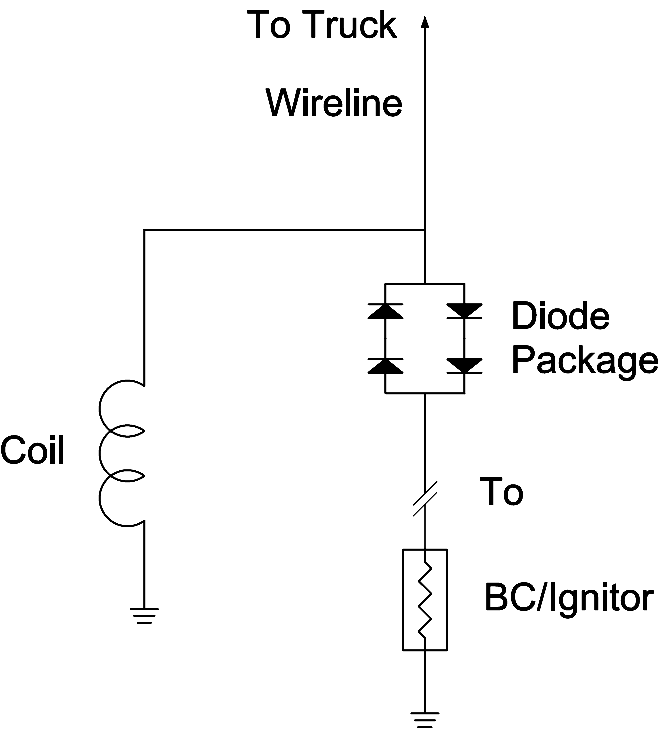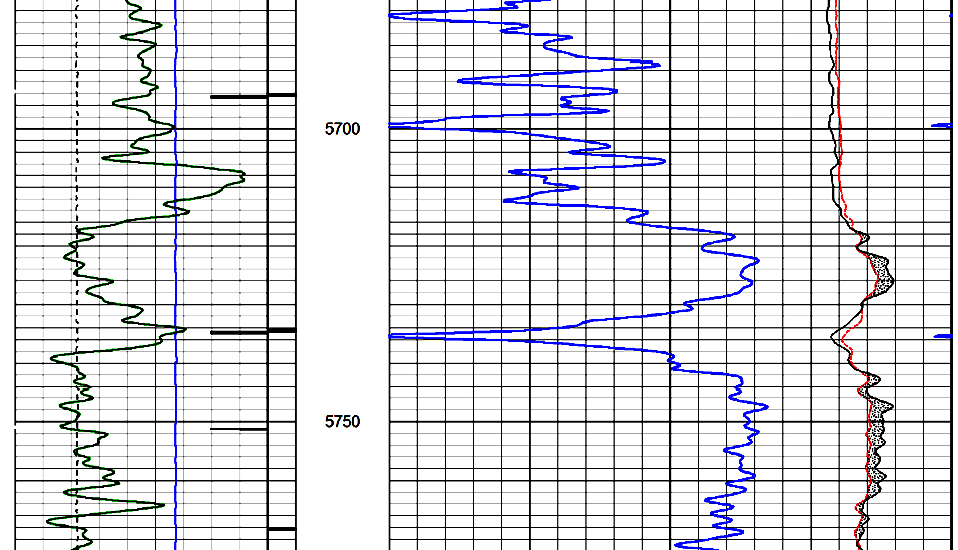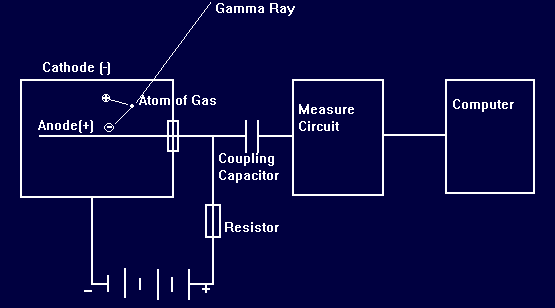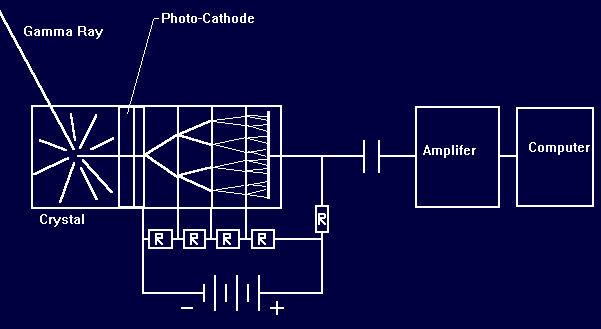|
 DEPTH CONTROL BASICS
DEPTH CONTROL BASICS
Portions of this page are from Petroleum Engineer's Handbook
(PEH) online version.
Depth is the most
important measurement made in relation to well
log data
acquisition. Accurate depth measurements allows for
information to be compared to the wellbore and across
multiple wells in a field. There are several types of data
from geology, drilling measurements, completion and
production operations that use depth as a normalizing tool.
t allows all the phases of a wells life to be correlated to
the reservoir or zone of interest. Small errors will have a
great impact on the success of a well. Therefore, depth
control during logging, completion, and work over is
critical to make sure it is correct and consistent.
Correlating wireline depths in a shallow well or a vertical
well are normally a simple task to perform. However, as the
depth, deviation, and complexity of the well bore increases,
it is more critical to have a good understanding of the
principles of depth control. Understanding the principles
will allow you to identify issues and corrective actions
that can be taken to insure success.
The main
consideration is appropriate logging speed to reduce variations in
cable tension caused by tool drag. Depth control in a cased hole
operatiom usually involves correlation between one or more cased
hole logs with existing open hole logs. Hence, the speed must be
slow enough that the resolution of events on the gamma ray (GR),
collar locator (CCL), and neutron log (if run) is sufficient to
identify the characteristic log response of the depth interval to be
completed or serviced. Make sure the open hole base log is correct
for the well you are working on.
 Collar Locator Log
Collar Locator Log
The two primary cased hole
logging tools used for deoth control are the gamma ray (GR) and the
collar locator (CCL). The GR can be correlated with previous open
hole logs to tie into the reservoir zone of interest. The CCL, run
in tandem with the GR, is used to tie in the drillers pipe tally to
the logger’s depth measurements.
 All
collar locators work on the basis of Faraday's law. Each collar
locator (CCL) has a coil with a magnet located at each end. The
magnets create a fairly large magnetic flux which surrounds the
coil. When a CCL is traveling down hole, the changes of pipe mass at
the end of each pipe joint (the pipe collar) disturbs the flux of
the CCL. As the flux changes, a voltage is created in the coil. All
collar locators work on the basis of Faraday's law. Each collar
locator (CCL) has a coil with a magnet located at each end. The
magnets create a fairly large magnetic flux which surrounds the
coil. When a CCL is traveling down hole, the changes of pipe mass at
the end of each pipe joint (the pipe collar) disturbs the flux of
the CCL. As the flux changes, a voltage is created in the coil.
Circuit diagram for a Collar Locator log ==>
At this point, what
happens to the signal depends on what type of CCL is being used,
either powered or non-powered. In the non-powered CCL, the voltage
is placed on the wireline and travels up-hole to the logging unit.
Diodes prevent the signal from travelling through the mud to the
sueface.
In the powered CCL,
the voltage is passed to an amplifier circuit in the CCL tool and
then the amplified signal is placed in the wireline and sent to the
surface computer to be processed.

Example of a Collar Locator log – large, sharp peaks are generated
by changes in pipe mass, for example pipe joint collars or broken,
heavily corroded or gaps in the pipe.
 Gamma Ray Logging Tool
Gamma Ray Logging Tool
The gamma ray logging tool
measures natural radiation emitted from rock formations traversed by
the logging tool. Shales and clays have higher radioactive count
rates than the usual reservoir rocks (quartz, calcite, dolomite) due
to potassium and thorium. Many unconventional reservoirs and source
rocks contain uranium as well as potassium and thorium.
On the log, low GR
values arw toward the left side, usually in Track 1. A GR curve
spanning Tracks 2 and 3, with low values toward the right, is
sometimes presented to aid correlation to open hole porosity logs.
A cased hole GR log
may be scaled in counts per second (cps) or APIgr Units. The APIgr
scale may or may not be calibrated, and if calibrated, may or may
not have casing and borehole size corrections applied. Read the log
heading carefully.
A cased hole neutron
log may also be run with a GR / CCL depth control log. It can be
scaled in counts per second, APIn Units, or porosity units (% or
decinal fraction), spanning Tracks 2 and 3. In all cases, low
porosity is toward the right and high porosity and shale to the
left.
The shape of the
cased hole gamma ray log curve is used to correlate depths with the
open hole logs. The depth recording system in the logging unit is
manually adjusted so that cased hole depths match open hole logs.
Then and only then can the planned completion or work over proceed.

Example of a gamma ray log (Track 1) with collar locator. A
neutron log spans Tracks 2 and 3. The neutron near and far count
rates are at the right hand side of Track 3.
 Types of Cased Hole Gamma Ray
Detectors
Types of Cased Hole Gamma Ray
Detectors
A Geoger-Mueller detector
is an ionization chamber that contains a low pressure gas and has a
high voltage applied to the electrodes. A gamma ray strikes an atom
of gas and causes a positive and negative ion to be formed. Because
of the high voltage that has been applied to the electrodes, the
ions accelerate toward their respective electrodes and in the
process strike other gas atoms, creating more ions. The effect is a
multiplication takes place (Townsend Avalanche). Eventually the ions
strike or reach the lectrodes producing a current or pulse which is
roportional to the amount of ionization produced in the gas volume.
The current produces
a voltage drop across a resister. The voltage drop is coupled as a
negative pulse into an amplifier circuit, sent up the wireline,
detected by the computer and counted over a short time interval. The
computer translates the number of pulses into a curve on the log.
This type of tool is
often called a Gun Gamma Ray as the tool is rugged enough to survive
the detonation of perforating guns and other explosive devices.

Schematic diagram
of Geiger-Mueller detector
The scintillation
gamma ray detector is much more efficient and thus more sensitive
than the Geiger-Mueller detector. The detector consists of a sodium
iodide crystal and a photomultiplier. When a gamma ray enters the
crystal, a photon (a tiny speck of light) is emitted. The
photomultiplier amplifies this tiny pulse into a useable electrical
signal that can be sent up the wireline to the computer. The crystal
degrades with rough handling and shocks so, depending on tool
design, it may not be suitable for all cased hole applcations.

Schematic diagram of NaI Scintillation detector
 Some Definitions
Some Definitions
Dead time is the interval
of time where the detector is incapable of responding to a
second incoming gamma ray.
Resolve time is the
time between two barely recordable pulses.
Variation of count
rate due to the random disintegration of radio-active material are
called statistical variations. It is reduced by averaging the raw
output from the GR tool over a specific distance or time interval
using an averaging formula. The longer the filter distance, the less
defined the formation bed boundaries are on the log. Typical filters
are 1 or 2 seconds long and logging speed is set so that this time
represents 2 or 3 feet of travel. G-M detectors need longer time
constants and slower logging speeds to achieve a good quality log.
|

